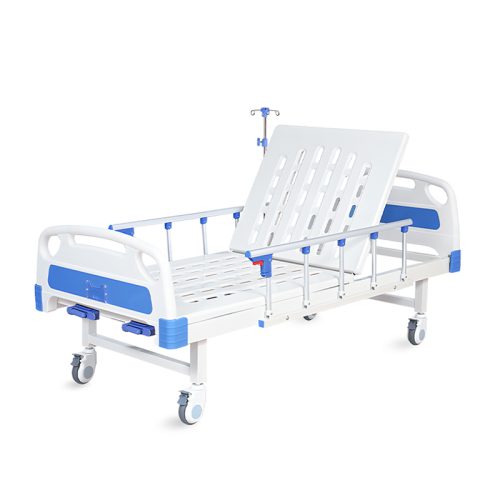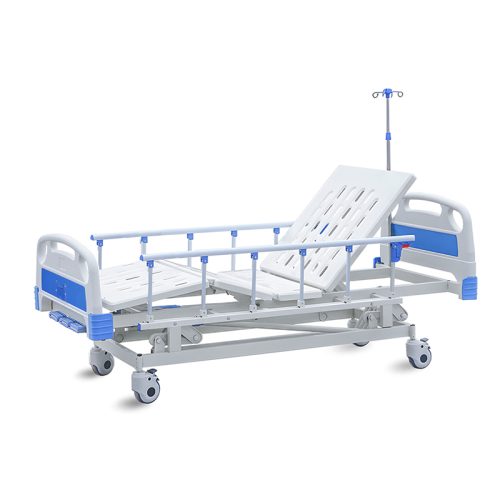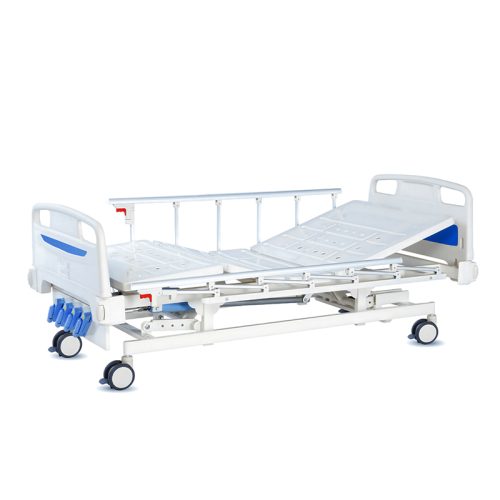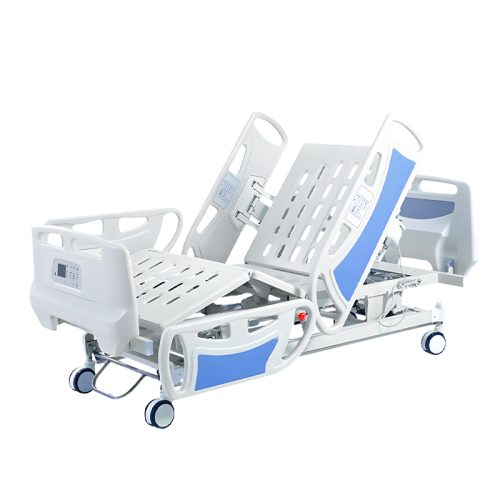
- 오토클레이브
오토클레이브는 어떻게 미생물을 죽일까요? 증기 멸균 프로세스
- 으로 켈링메디컬
**The Steam Sterilization Process: How It Works**
Autoclaving kills microorganisms through **steam moisture heat sterilization** methods. Steam sterilization destroys harmful organisms effectively through the combined power of temperature pressure and moisture. Here’s a step-by-step breakdown of how the steam sterilization process works in an autoclave:
1. **Heating the Water to Generate Steam**:
The autoclave heats water to a temperature range of **121°C (250°F) to 134°C (273°F)**. When water hits its boiling point it converts to steam which enters the autoclave chamber. The steam system effectively destroys all microorganisms within the autoclave chamber.
2. **Increasing Pressure Inside the Chamber**:
Steam enters a sealed chamber of an autoclave which creates a pressure between 15-30 psi (pounds per square inch). The chamber’s high-pressure environment makes steam more effective by allowing it to reach temperatures above water’s boiling point.
3. **Penetration of Steam Into the Items**:
When steam enters the autoclave chamber it moves into the objects being processed. Because steam flows through fabric and paper easily it can reach and kill all microorganisms on complex and detailed equipment components. Steam needs to penetrate everywhere in order to eliminate all bacteria effectively.
4. **Sterilization Time and Temperature**:
After hitting the right temperatures and pressure in the autoclave unit it holds those settings for a specific time period ranging between 15 to 30 minutes based on sterilization needs. The steam needs this time to destroy all bacteria and sterilize the items properly.
—
**How Does Steam Kill Microorganisms?**
Steam destroys harmful organisms by exposing them to hot moisture under pressure which damages their biological make-up. Here’s how steam specifically kills microorganisms during the autoclaving process:
1. **Denaturing Proteins**:
The main method that steam uses to destroy microbes is protein denaturation. When steam touches microorganisms it destroys their proteins by making them lose shape or unravel naturally. Microorganisms need their proteins to work but they die when these proteins are destroyed. Heat in cooking and autoclaving work similarly by damaging protein structure in living things.
2. **Disrupting Cell Membranes**:
The steam heat breaks down the protective barriers found in microorganism cells. Under extreme autoclave pressure the steam penetrates microbial cells until their cell walls and membranes break open. When cell membranes burst the microorganisms lose their internal materials which makes them unable to sustain life.
3. **Breaking Down DNA**:
The steam breaks down the DNA found within each microorganism cell. The microorganism needs DNA to reproduce and live. High temperatures of steam break down DNA which stops the microorganism from making copies of itself leading to its death. Steam successfully destroys bacterial spores because other sterilization methods fail to eliminate them.
4. **Moisture and Hydrolysis**:
Steam sterilization works better because water molecules help break down microorganisms. Heat and moisture work together to break down microorganisms through hydrolysis which happens when water molecules attack their complex structures. The water in steam breaks down microorganisms at their core while heat damages these weakened structures to kill the organism.
—
Dry heat methods fail to match the sterilization power of steam treatment.
Steam works better than dry heat for sterilization because it delivers heat energy to items faster than air. Here’s why steam is superior to dry heat in killing microorganisms:
1. **Higher Thermal Conductivity**:
The thermal energy in steam moves through materials faster than regular dry heat. Steam transfers heat to microorganisms at a faster rate which makes cells die sooner. Dry heat sterilization needs longer exposure times because heat travels slower through it than through steam.
2. **Penetration and Moisture**:
Steam enters porous materials better than dry heat can. The water in steam acts as an effective tool that weakens the protective barriers around microorganisms during sterilization. Dry heat cannot break down the cellular structures of microorganisms because it lacks the moisture needed for this process.
3. **Effectiveness Against Bacterial Spores**:
Bacterial spores resist all other forms of microbial destruction better than any other type. Bacterial spores endure harsh dry heat and lack of water. Autoclaving works better than other methods because steam passes through spores to reach their internal parts and kills them. The combination of steam’s heat and moisture breaks down the strong outer layer of spores while destroying their genetic material.
—
**Autoclave Parameters: Temperature, Time, and Pressure**
The success of steam sterilization depends not only on the type of microorganism but also on the key parameters within the autoclave: temperature, time, and pressure. Here’s how these factors contribute to effective sterilization:
1. **Temperature**:
The basic temperature setting for autoclave sterilization remains at 121°C (250°F). For difficult to kill microorganisms or faster cycles the autoclave can reach a temperature of 134°C (273°F). Increasing the temperature strengthens the sterilization results.
2. **Pressure**:
The higher steam pressure inside the autoclave lets the system produce temperatures that are hotter than boiling water. At pressures between 15 and 30 psi an autoclave effectively reaches sterilization temperatures through its steam cycle.
3. **Time**:
The proper sterilization results depend on how long items stay under steam heat treatment. The autoclave cycle runs for 15 to 30 minutes based on how much material it sterilizes and what temperature it reaches. The items need to stay under exact temperature and pressure settings for an extended period to eliminate all microorganisms properly.
—
**결론**
The process of steam sterilization in autoclaves eliminates all types of microbes effectively. At high temperature and pressure levels with steam the system eliminates all harmful microorganisms including resistant bacterial spores. Steam destroys microorganisms by changing their proteins and membranes then breaking their DNA so they cannot live or replicate. Hospitals and other facilities use autoclaving as their most dependable sterilization method because it destroys microorganisms reliably. Understanding how autoclaves destroy microorganisms helps us use this tool properly so healthcare facilities stay safe.
📧 이메일: inquiry@shkeling.com
🌐 웹사이트: www.shkeling.com.cn
여러분과 성공적인 파트너십을 구축할 수 있기를 기대합니다!






